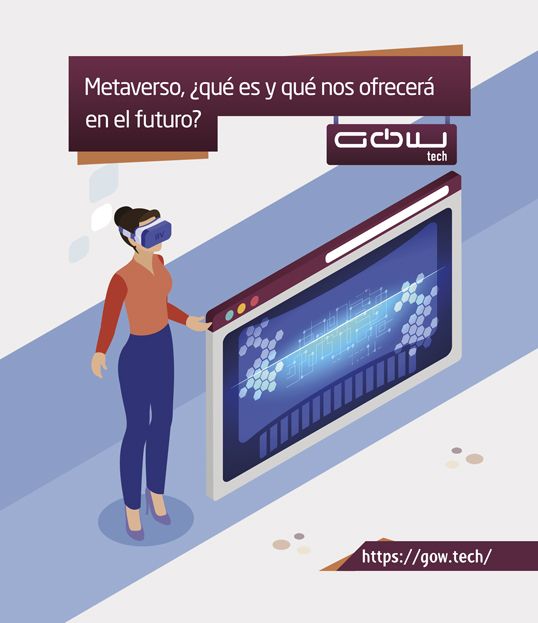In recent years we have been checking how companies and consumers have changed, adapting to new technologies and new forms of purchase. Similarly, workers and forms of work have changed and adapted to companies and consumers. These trends that arise and advance every day, are marking the way to follow the digital market. Such is the case that now talks about workrtech and digital transformation has a lot to do with this concept.
What is the workrtech?
The workrtech is a concept that appears at the same time that the work environment is digitized. The traditional definition we knew about work has changed, due to the digital transformation carried out by companies have already affected workers.
Therefore, this new concept defines the use of new technologies and digital service platforms to offer independent workers, a series of personalized benefits, access to protection and defense systems of their rights.
They are new forms of work with digital base and that affects many types of workers. In addition, it is a way of combining flexibility and freedom of autonomous work with the protection and benefits of wage labor that has been traditionally giving.
How does digital transformation affect the labor market?
This new form of work raises a new scenario, since there is an intermittent relationship in which workers and employers are arbitrated by digital platforms . So the worker can count on different income instead of a single payment of a single company. The greatest disadvantage or consequence of the workrtech is that the competition is greater and therefore the talent of oneself and the specialization will be key.
In this case, the digital transformation and the digitalization of the demanded profiles is the most important thing for the relationship between worker and clients to be effective. Some of the most common features that occur in the Workrtech are that digital platforms are those that connect workers and clients , the worker can work whenever he wants, it is his own boss and payments are made for tasks and through the mediating digital platform.
The digital labor market
In 2019, it began to talk about digital transformation and workrtech as a result of a study called “The Digital Labor Market to Debate”, carried out by the Cotec Foundation. One of the conclusions of this study is that the organization of work is changing and moves away from the prevailing model of the fixed work we know, from 9:00 a.m. to 6:00 p.m. in a physical space. This is given by several issues:
- Increased non -conveional work ways such as freelance, teleworking or work through economy platforms on demand
- Tendency towards outsourcing by companies in recent years for concrete tasks such as design, programming or even administration management
- Development of digital platforms to intermediate between the supply and demand for talent for work
A classification that is done in the study is of the different digital platforms to access to hire digital workers and offer needs . Some of them are:
- Microtrabajadores for online microTraeas
- Workers on demand
- Blue neck workers aimed at temporary work companies offering digital alternatives
- Freelances
- White collar workers
- High specialization profiles on digital platforms
In short, the digital transformation has affected the labor market, making it a digital labor market and facilitating digital platforms that intervene between clients and independent workers. In such a way that demand and supply is located.




